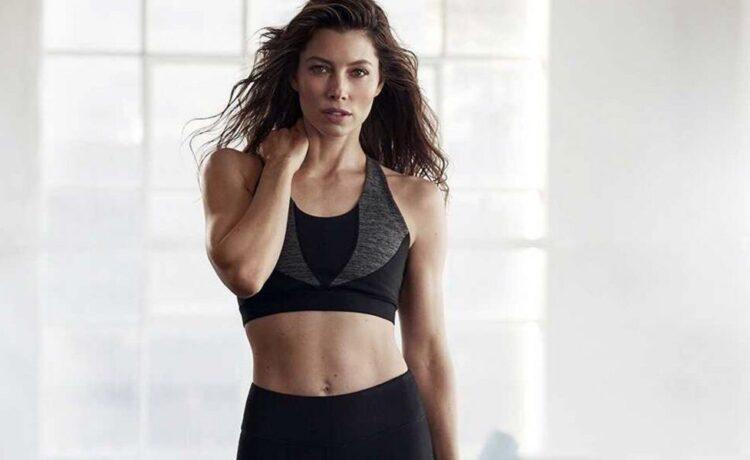Everyone is unique, and this includes our body types. Knowing your body type is critical to creating a fitness plan that works best for you. The three main body types are ectomorph, mesomorph, and endomorph. Each type has different traits that affect how your body responds to exercise and diet. Consider talking to a professional if you need help with your body type or planning your fitness routine. A personal trainer or nutritionist can help you determine the best approach for your body type and goals.
Ectomorph body type
Ectomorphs are typically tall and slim. They have a fast metabolism and find it hard to gain weight. For ectomorphs, fitness planning should focus on building muscle mass and strength. They often need to eat more calories and do more strength training exercises to see results.
Mesomorph body type
Mesomorphs have a naturally athletic build, quickly gain muscle, and have a balanced body shape. Their fitness plans can be more varied. They do well with a mix of cardio and strength training. Mesomorphs should focus on maintaining their muscle mass while keeping body fat in check.
Endomorph body type
Endomorphs tend to have a rounder, softer body shape. They gain weight quickly and may struggle to lose it. For endomorphs, fitness planning should include more cardio exercises to boost metabolism. They also benefit from strength training to build muscle and burn fat.
Tailoring your workout
Once you know your body type, you can tailor your workout for better results. Ectomorphs should focus on heavy lifting with fewer reps to build muscle. Mesomorphs can do a mix of exercises, including both cardio and weights. Endomorphs should start with more cardio and gradually add strength training.
Nutrition for your body type
Your body type also affects how you should eat. Ectomorphs need to eat more calories to gain weight and muscle. Mesomorphs should balance their diet with protein, carbs, and fats. Endomorphs often do well with a higher protein, lower carb diet to help manage weight. While body type is essential, it’s not the only factor in fitness. Genetics play a significant role, too. Some people may find building muscle or losing fat easier, regardless of their body type. Remember that your body type is just a starting point for your fitness journey. It’s easy to compare yourself to others at the gym. But remember, everyone’s body is different.
Flexibility in your approach
As you start your fitness journey, be ready to adjust your plan. Your body might respond differently than expected. Pay attention to how you feel and the results you’re seeing. Feel free to change your workout or diet if needed. No matter your body type, listening to your body is crucial. If an exercise hurts or doesn’t feel right, stop and try something else. Push yourself, but know your limits. Rest is just as important as working out for all body types. You can learn how to get anavar by visiting reputable online sources or consulting with a healthcare professional for safe options.
Setting realistic goals
When planning your fitness routine, set goals that make sense for your body type. Ectomorphs might aim to gain a certain amount of muscle. Endomorphs might focus on losing fat. Mesomorphs might work on overall toning. Make sure your goals are achievable and healthy for your body type.
Your body type is just one part of your uniqueness. Embrace your natural shape while working towards your fitness goals. A healthy body comes in many forms; the most important thing is how you feel, not how you look. Understanding your body type is a valuable tool in fitness planning. It can help you choose the right exercises and diet for your needs. But remember, it’s just a starting point. Your fitness journey is personal, and what matters most is finding a plan that works for you and makes you feel good.








